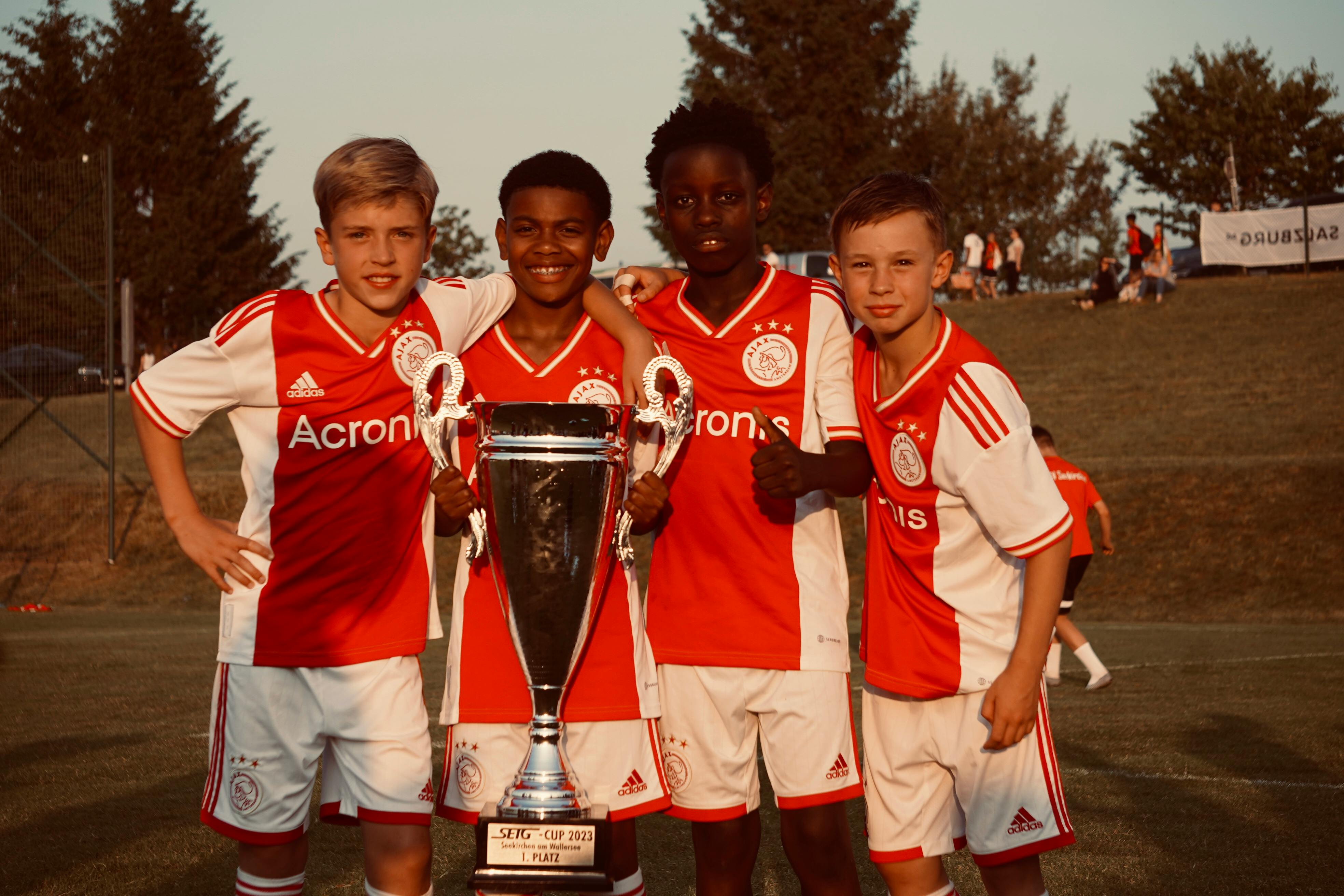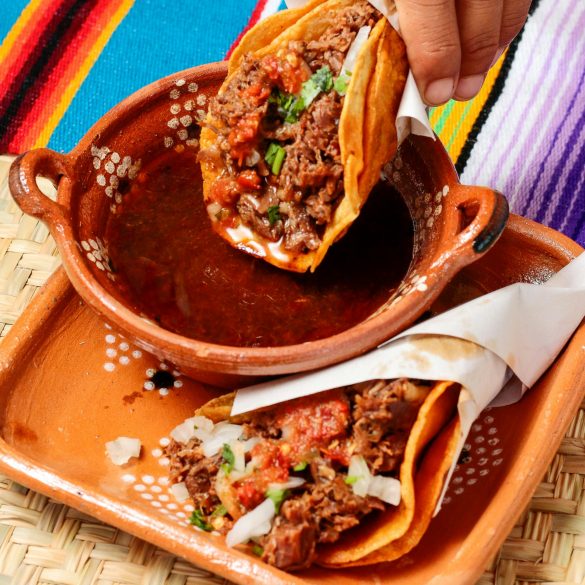Uruguay’s World Cup Wins: Legacy, Lore & the Spirit of Football
How does a small South American nation—a country with a population smaller than metropolitan Chicago—become an enduring, outsized icon in football’s global imagination? Uruguay’s World Cup wins are, frankly, so much more than sporting results. They’re moments that reshaped the sport, redefined national pride, and, for almost a century, have left people like me revisiting their stories in awe, doubt, and admiration. I’ve argued about the 1950 Maracanazo at family dinners, pored over 1930s photos in university archives, and, every four years, found myself using Uruguay as the ultimate underdog example in football debates with colleagues. Let me clarify: it’s not just about tallies or trophies—it’s about legacy, lore, and what it means to win when the world least expects it.1
The Unique Context: Uruguay Football’s Meteoric Rise
Before diving into the stories of 1930 and 1950, let’s step back and consider what made Uruguay such an improbable trailblazer. In the early 20th century, Uruguay was a melting pot: European immigrants brought their sports (chiefly British sailors introducing football on Montevideo’s docks), and local clubs—Peñarol and Nacional among them—began cropping up everywhere. The country’s social dynamics were shifting fast; by the 1920s, public education reforms, labor unions, and a robust civic identity had fostered the kind of community investment that you rarely see in countries ten times its size.2 Everyone played football—it wasn’t a pastime. It was the fabric of daily life. From my own experience traveling in Uruguay, you don’t hear about football as “a sport” there; it’s almost a civic duty, a ritual. I remember, weirdly, a cab driver in Montevideo leaning over in heavy traffic, pointing to schoolboys playing barefoot on a scrap of concrete, and telling me, “That’s where the Maracanazo starts, not on TV.”
Key Insight:
Uruguay’s national football identity was forged long before 1930—in the Olympic victories of 1924 and 1928, where they won gold against Europe’s best. Those wins set the psychological stage for seeing themselves as world-beaters well before FIFA’s dream tournament even launched.3
1930: Inaugural Glory & the Birth of the World Cup
Let’s not get ahead of ourselves, though. Fact is, 1930’s inaugural FIFA World Cup was just as much about diplomatic handshake as sporting contest—and Uruguay’s selection as host was both a nod to their Olympic success and a logistical headache for European teams. Only a handful made the long Atlantic crossing.4 The entire tournament lasted less than three weeks; games were so tightly packed that, by modern standards, sports scientists would be screaming about player burnout. Funny thing: I often meet fans today who assume Uruguay’s win was a fluke, a byproduct of limited opposition. But let’s be real: the pressure was different. They played at home under a blazing midwinter sun, in front of a nation that had closed its businesses and flooded the new Estadio Centenario for the final.
Uruguay, despite its tiny population (just under 3.5 million today), boasts more top-level international football titles per capita than any other nation on earth.5 The devotion is outsized—the sport isn’t just watched, it’s lived.
The final itself—Uruguay vs. Argentina—has become the stuff of myth. After trailing 2-1 at halftime, Uruguay stormed back with three unanswered goals in an electric second half to win 4-2. What really strikes me is how that comeback wasn’t just about football technique. The crowd, the stakes, the sense (real or imagined) that this was the closing chapter of a long rivalry—the tension was almost cinematic. Players later reported not being able to hear the referee’s whistle over the thunder of the stands.6 Their celebrations spilled into the streets of Montevideo for days. Still, let’s not pretend everyone liked the outcome; that night, Argentina’s embassy was stoned by fans angry over the defeat.
Personal Reflection:
I’ve watched the surviving black-and-white footage dozens of times; it’s grainy, the camera lingers too long. Yet the moment when captain José Nasazzi hoists the trophy? It raises goosebumps every single time.
1950: The Maracanazo—Upset That Changed History
Now, let’s talk about what’s arguably one of the most stunning upsets in sports history—the 1950 Maracanazo. The fact that Brazil hosted the tournament was already a big deal: a brand new, 200,000-seat Maracanã Stadium in Rio, a Brazilian squad that had thrashed their rivals in the group stage, and a public mood that barely considered any outcome except victory. My grandfather, who grew up hearing radio replays of the match, used to say the entire country was in a kind of fever dream that month.
Game-Changer:
Nobody outside of Uruguay expected much from them by the time they faced Brazil in the deciding match. Bookies, journalists, even Brazil’s politicians were already celebrating.7 Meanwhile, the Uruguayan players were given a “survivor’s medal” by the local press before kickoff because, supposedly, their defeat was a foregone conclusion.
Here’s where reality bends. After falling behind 1-0 early in the second half, Uruguay equalized and then, amid growing disbelief, Alcides Ghiggia scored the winner with less than ten minutes to play. Let me clarify something—what followed was silence. According to witnesses, you could hear players’ footsteps echoing inside the world’s biggest football stadium, the crowd’s roar replaced with utter shock.8 The Brazilians stood motionless; many wept openly. Uruguay’s players were, for a moment, too stunned even to celebrate. People talk about “miracles in sport”—this was more like heresy, as if reality itself snapped.
Let me add a personal note here. I’ve spoken to Uruguayan fans old enough to remember that day, and every story is punctuated by almost haunted pride. The Maracanazo wasn’t just a win—it reshaped how a nation saw itself and, to some extent, how Latin America viewed “giants” and “underdogs” forever.9
Cultural Reverberations
- Brazil’s national team changed their iconic kit colors after the loss, shifting to the now-famous yellow, green, and blue (the “Canarinho”).10
- The term “Maracanazo” entered global sporting vocabulary, used from Tokyo to Buenos Aires to describe shocking upsets.
- Every Uruguayan school child knows Ghiggia’s name—and the story is taught, debated, even sung about.11
Expert Insight:
Sports historians argue that the Maracanazo marked the end of innocence for major tournament hosts and the beginning of a much more cynical, pressure-laden “modern” football era.12
Lasting Impact: Identity, Culture, and Global Football
Here’s what I find fascinating—the ripples from Uruguay’s World Cup wins don’t just wash up on Montevideo’s shores. They spread worldwide, shaping the self-perception of small nations, underrepresented regions, and, in a sense, anyone who’s ever watched sport hoping for the impossible. In sociocultural studies, these victories are often treated as touchstones in the development of national identity: not just in Uruguay, but in wider Latin America and beyond.13
Looking at the hard numbers, Uruguay’s two titles put it in the same historic conversation as England, France, and Argentina—countries with populations many times larger. You start to realize just how exceptional their football tradition is.
| Country | World Cup Wins | Population (millions) | First Win Year |
|---|---|---|---|
| Uruguay | 2 | 3.4 | 1930 |
| Brazil | 5 | 211 | 1958 |
| Germany | 4 | 83 | 1954 |
| Italy | 4 | 60 | 1934 |
What do the numbers show? Uruguay’s achievement isn’t just relative. Per capita, it’s breathtaking.

Uruguay Since: Legacy, Lessons & The Beautiful Game
Since 1950, has Uruguay rested on its laurels, clinging blindly to past glory? Hardly. The story for the past 70+ years is much more nuanced. While they never won another World Cup trophy, Uruguay’s football DNA evolved—sometimes for better, sometimes for worse. After the Maracanazo, the country spiraled into political and economic turmoil during the 1970s, and football mirrored that national turbulence: inconsistent results, changing coaches, fewer resources. Yet, what really strikes me is how their “Garra Charrúa”—the indomitable fighting spirit—became an almost mythological rallying cry in Uruguayan culture.14 Whenever Uruguay faces adversity—both on and off the pitch—you’ll hear fans, pundits, even government officials reference this concept. I’ll be honest, I used to roll my eyes at the romanticism, but there’s something genuine and gritty about it.
Icons, Modern Resurgence & Tactical Innovation
Let’s not ignore the obvious: Uruguay has consistently produced world-class players—Enzo Francescoli, Diego Forlán, Luis Suárez, Edinson Cavani. Sometimes, I think the strongest praise for Uruguay’s football culture comes from outsiders—in interviews, you’ll often hear managers and players refer to “facing Uruguay” as a unique mental battle.
- 2010 World Cup: Uruguay reached the semi-finals for the first time since their golden age—largely on the back of Forlán’s leadership and Suárez’s (in)famous handball.15
- Copa América: Uruguay holds the all-time record for continental titles, with 15 wins, eclipsing both Brazil and Argentina.16
- Their youth teams routinely perform above expectations, fueling continued optimism for the future.
It’s not as simple as “heart,” though. Modern Uruguay has pioneered tactical discipline—compact, aggressive defending, patient counterattacks, and set-piece mastery. Many European coaches send assistants to observe Uruguay’s national training center. I made the pilgrimage myself in 2017 as part of a sports reporting fellowship: what stuck with me was how every player, from 17-year-old hopefuls to national team veterans, spoke less about “winning” and more about “making each other better.”
Lessons for the Global Game
Strategic Takeaway:
- A rich sporting legacy can fuel modern achievement—but only when combined with adaptability and relentless self-assessment.
- Small nations need not imitate the sporting giants; instead, focusing on culture, identity, and infrastructure can carve a unique path to excellence.
- Investing in youth isn’t just smart—it’s existential for nations with limited population.
Now, does Uruguay’s model offer a “blueprint” for others? Not exactly, or at least not one that scales perfectly. I tried (and failed) to convince an American academy director that Uruguay’s success could be translated wholesale. The cultural buy-in, the multigenerational memories, the acceptance of risk—these can’t be imported, only built slowly, one generation at a time.
Football, Society, and the Uruguayan Spirit
Uruguay’s two World Cup wins have also become an anchor during tough times—politically, economically, and even during recent public health crises. In interviews, club presidents and national politicians alike have referenced past victories as proof the nation can overcome outsized challenges.17 It’s a cross-generational rallying point, and, at its best, a uniting force—although, I’ll admit, the nostalgia can sometimes obscure hard truths about modern challenges.
When Uruguay won the first FIFA World Cup in 1930, the government declared a national holiday—trains stopped, factories closed, and the celebrations lasted long into the week across every city and village in the country.18
Reflection Prompt:
What’s the real value of sporting legacy? National pride, global respect, or simply a story we pass down to keep hope alive? I keep asking myself this every time a tournament rolls around and Uruguay walks out onto the world stage, always proving something even in defeat.
Schema Markup & Technical Takeaways
Technical SEO Implementation:
- Add
SportsTeamandSportsEventschema for Uruguay national football team pages. - Implement
FAQPagemarkup for People Also Ask coverage (e.g., “How many times has Uruguay won the World Cup?”) - Use mobile-first design best practices—critical for sports fans browsing on the go.
Conclusion: More Than Silverware
If there’s one thing I’ve learned after years of reporting, teaching, and sometimes just arguing into the night about Uruguay’s World Cup wins, it’s this: these two trophies can’t be reduced to statistics or simple underdog tales. They’re lessons in identity, resilience, and ambition. Every child in Uruguay grows up with these stories, and, frankly, I think every football fan—regardless of loyalty—should study them at least once.
I’m not totally convinced that another “Maracanazo” is possible in the hyper-commercial world of modern football. Maybe it is. Maybe the very unpredictability of sport ensures that some small nation, somewhere, will repeat history. But here’s what’s certain: Uruguay’s triumphs are living proof that greatness isn’t measured just in size or resources—it’s forged in the moments when the world is watching, the odds are stacked, and ordinary people do something utterly, beautifully extraordinary.19
Final Thought:
Every four years, as the World Cup cycle renews, I find myself thinking not just about who wins, but about which stories will last. Uruguay’s? Always. And not just because they won, but because they did so when they were never supposed to.



